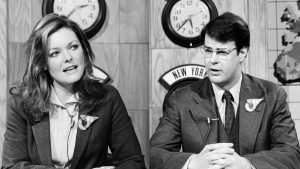ABA Law Practice Podcast — Marketing Strategies and Ethics for Law Practices
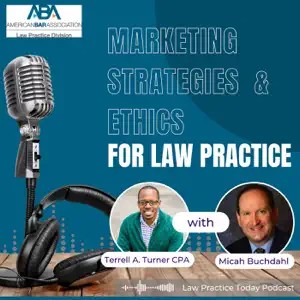 In the January 20, 2025, episode of the American Bar Association’s Law Practice Podcast, host Terrell Turner discusses the complexities of legal marketing with me in this 30-minute discussion available on americanbar.org as well as in your favorite podcast library, including Spotify and Apple.
In the January 20, 2025, episode of the American Bar Association’s Law Practice Podcast, host Terrell Turner discusses the complexities of legal marketing with me in this 30-minute discussion available on americanbar.org as well as in your favorite podcast library, including Spotify and Apple.
Micah Buchdahl, who concentrates his practice in marketing, advertising, and solicitation issues at the state bar level, shares his vast experience working with aggressive law firms. The conversation covers the evolution of advertising from print to digital, the impact of changing algorithms on marketing strategies, and the integration of influencers in legal marketing. Micah emphasizes the importance of understanding multi-jurisdictional ethical rules and the responsibility that law firms hold over their marketing practices. This episode provides valuable insights for law firms navigating the rapidly changing landscape of legal advertising.
The Law Practice Podcast is hosted each month by Terrell Turner, the founder of accounting firm, www.TLTurnerGroup.com.
 Marketing Attorney Blog
Marketing Attorney Blog


 It would seem like a no-brainer. You or a family member, relative or friend needs a lawyer. Hey, I’m a lawyer. I know lots of lawyers. That should be easy. But in many cases, it is not. We know the practice areas we know. And in many cases, those are not necessarily typical consumer-facing ones. And I can’t tell you how many times I’ve had commercial real estate attorneys complain to me about getting calls from Jane Doe for a residential commercial real estate transaction. Or an employment lawyer getting a call from John Doe to represent him against the very company that is your client. I remind them that the public does not typically know the difference between plaintiff side and defense, or a real estate attorney handling multi-million-dollar commercial transactions and not interesting in reviewing your kid’s college apartment lease (which many of us have done). This all traces back to us—the “educated” consumer that is a lawyer and needs a lawyer. It should be so simple.
It would seem like a no-brainer. You or a family member, relative or friend needs a lawyer. Hey, I’m a lawyer. I know lots of lawyers. That should be easy. But in many cases, it is not. We know the practice areas we know. And in many cases, those are not necessarily typical consumer-facing ones. And I can’t tell you how many times I’ve had commercial real estate attorneys complain to me about getting calls from Jane Doe for a residential commercial real estate transaction. Or an employment lawyer getting a call from John Doe to represent him against the very company that is your client. I remind them that the public does not typically know the difference between plaintiff side and defense, or a real estate attorney handling multi-million-dollar commercial transactions and not interesting in reviewing your kid’s college apartment lease (which many of us have done). This all traces back to us—the “educated” consumer that is a lawyer and needs a lawyer. It should be so simple. In once again serving as the issue editor for the
In once again serving as the issue editor for the  In recently reviewing a law advertising campaign, I found myself saying that we need to run this on
In recently reviewing a law advertising campaign, I found myself saying that we need to run this on 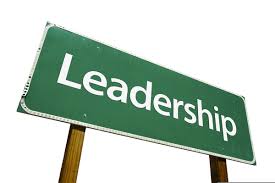 Is law firm leadership and law firm marketing synonymous? Or better yet, should they be? I try to answer that very question in the November/December 2023 issue of Law Practice,
Is law firm leadership and law firm marketing synonymous? Or better yet, should they be? I try to answer that very question in the November/December 2023 issue of Law Practice, 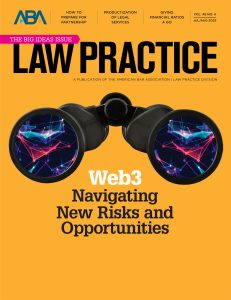 There seemed to be some irony in receiving the final, hard copy, mailed issue of
There seemed to be some irony in receiving the final, hard copy, mailed issue of 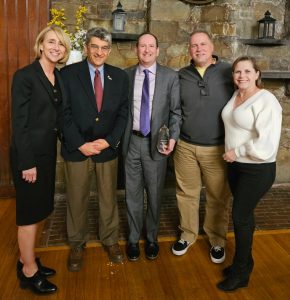
 In serving as an issue editor for the Marketing-themed March 2023 edition of the American Bar Association’s
In serving as an issue editor for the Marketing-themed March 2023 edition of the American Bar Association’s 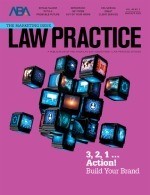 In my March/April 2023 marketing column in the American Bar Association’s Law Practice Magazine, I address the pros and cons of organizational involvement in
In my March/April 2023 marketing column in the American Bar Association’s Law Practice Magazine, I address the pros and cons of organizational involvement in 